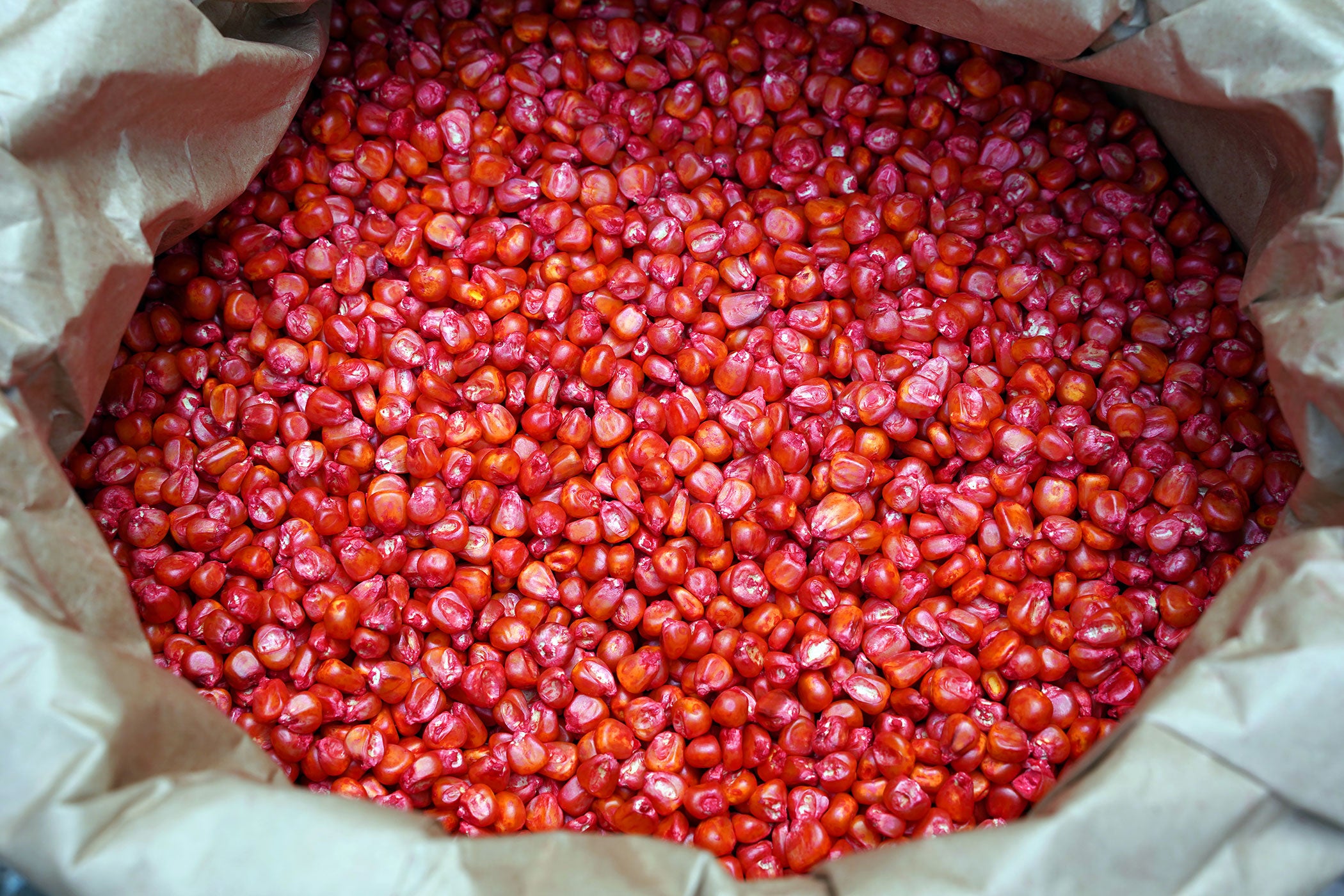The global 2024 Farmer Voice survey has discovered that 75 percent of farmers are already impacted by climate change or worried about its impacts, and 71 percent of them report reduced yields as a major concern. Climate change can impact yield in a variety of extreme ways, from precipitation scarcity that hinders snowpack and depletes aquafers to sparking aggressive storms that cause flooding and lead to erosion and chemical runoff.
“The Farmer Voice study underlines that farmers continue to face accelerating economic and environmental challenges in their important work — providing food to the world. They want innovation to help them do their jobs better, and an environment in which they can increasingly turn towards regenerative practices making food systems more resilient — to the benefit of the planet, food security, and their livelihoods alike,” said Rodrigo Santos, president of Bayer’s Crop Science Division. The survey was conducted by global market research firm Kynetec on behalf of Bayer.
The survey spoke to 2,000 farmers across Australia, Brazil, China, Germany, India, Kenya, Ukraine, and the United States. It found that 6 out of 10 have already experienced significant revenue loss due to weather events out of the norm recently. As part of the solution, the majority of farmers are hoping that innovation, aiming to implement new technologies to better cope with climate change. A desire for better yields, resilient farms, and protected livelihoods are driving interest and adoption of more regenerative and technological approaches to farming.
Farmers’ most prevalent current challenges are driven by volatility and uncertainty. With regard to the next 3 years, more than a third reported weather volatility or extreme weather events (37 percent) and price/income volatility (36 percent) among their top-3 challenges. While these remained stable compared to 2023 findings, this year’s survey revealed a notable increase of political or regulatory decisions as a key concern, with 29 percent of farmers citing that as a top-3 challenge, double the amount compared to last year.

This corresponds with the answers they gave when asked what would most benefit their farm looking ahead. Access to innovations like crop protection (41 percent) as well as seeds and traits (36 percent) rank highly, but farmers also clearly indicated that regulatory and policy changes would benefit their farms in the future, with 36 percent ranking it as a top-3 benefit.
Farmers use digital technologies to tackle challenges and improve their businesses
One way to cope with the different kinds of hurdles and make farming more productive lies in digitalization. Nearly two thirds of farmers already use digital tools, and another 25 percent plan to in the future. Farmers around the world are using digital tools for a range of diverse applications like forecasting, optimizing farm decisions, or precision application. Principal factors driving digital adoption are economic: 88 percent see improved crop yields as a motivation to use digital applications, 85 percent cost savings, and 84 percent improved crop quality. Ensuring the longer-term sustainability of farming practices ranks a close fourth place (79 percent), highlighting farmers’ dedication to land stewardship.

But there is a clear digital divide between countries with a higher share of smallholder farmers compared to other markets. On average, globally 65 percent of farmers are using digital tools today, versus 49 percent in China, 42 percent in Kenya and only 8 percent in India. However, farmers in these countries plan to implement more digital tools in the future (China: 27 percent, Kenya: 42 percent, India: 85 percent). And with farmers’ openness towards digital technologies, there comes the willingness to learn, also about AI. While 72 percent have little knowledge of current AI applications in agriculture, almost two thirds (62 percent) are interested to learn more.
Farmers harness regenerative practices to improve soil health and productivity
The role of sustainability in farmers’ motivation to use digital tools underlines the importance of digitalization in the transition towards a future of regenerative agriculture. Similar to the motivations for digitalization, farmers see yield increase and improved productivity among the most important outcomes that regenerative agriculture needs to bring, next to soil health.
“One of the most pressing questions is how we can meet the demands of protecting the planet, producing enough food and making sure that farmers can make a living out of their operations,” said Rodrigo Santos. “One answer to this lies in the concept of regenerative agriculture. To us this means increasing food production, farm incomes and resilience in a changing climate while renewing nature. This evolution will require a joint effort of farmers, society and businesses.”
And farmers have already begun that journey. Over 90 percent of them are using at least one regenerative farming practice in their operations. The average farmer uses almost seven out of a selection of 17 common regenerative farming practices, showing that there is also still a way to go. The most broadly implemented practices are crop rotation, maintaining soil fertility by adding nutrients, and soil health monitoring.


